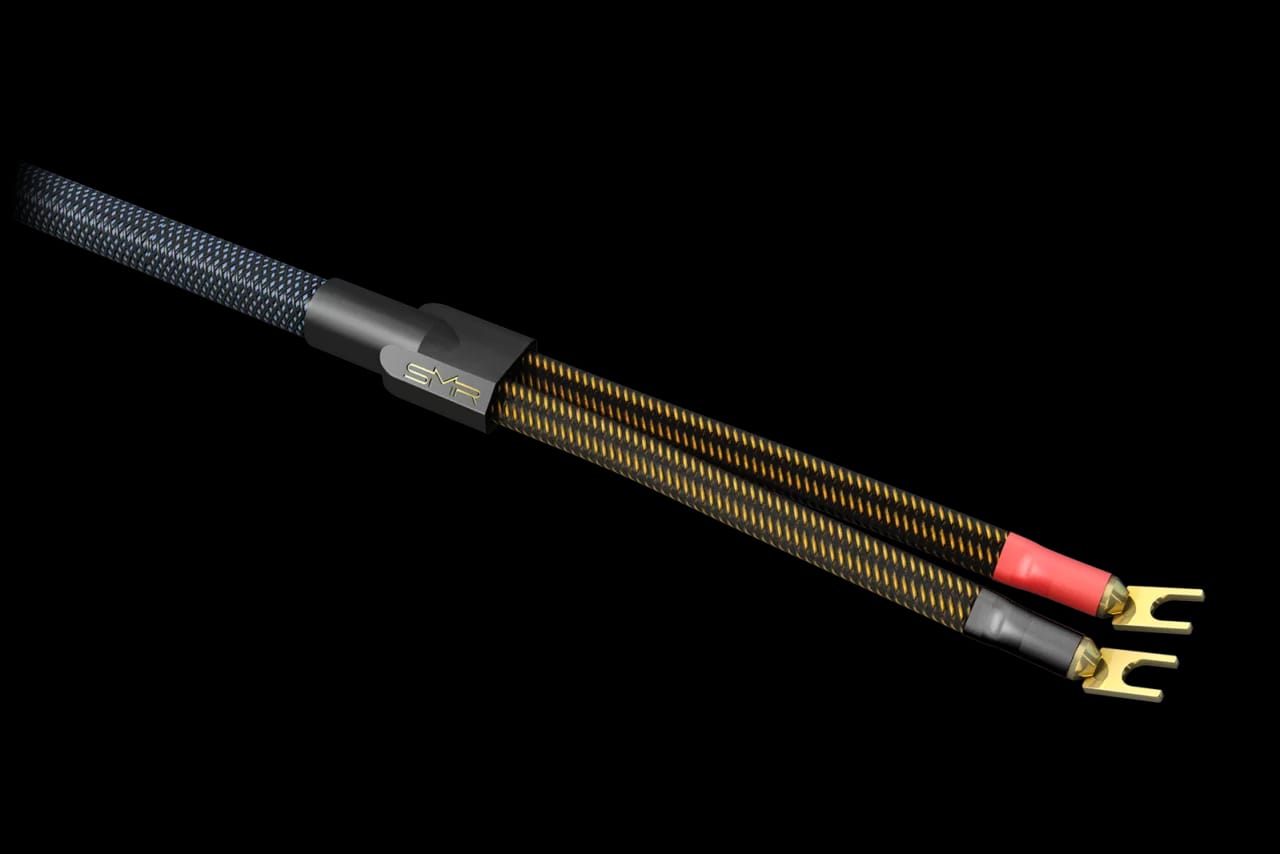Breaking Down the Myths: Are Expensive Audiophile Cables Worth It?
Introduction to Audiophile Cables
Audiophile cables often spark heated debates among music lovers and audio enthusiasts. Walk into any high-end audio store, and you’ll encounter an array of cables priced like luxury cars. But are they really worth the investment? Many people swear by their expensive purchases, while others argue that basic options suffice. With so much conflicting information out there, it’s easy to get lost in the noise.
In this article, we’ll break down common myths surrounding audiophile cables. We’ll dive deep into what makes these products tick and explore whether price truly correlates with performance. Whether you’re a seasoned audiophile or just starting your journey into high-fidelity sound, understanding the facts can help you make informed decisions about your audio equipment. Let’s unravel the mysteries together!
Myth #1: Expensive Cables Always Sound Better
Many audiophiles believe that price correlates directly with sound quality. It’s a common assumption: the more you spend on cables, the better your audio experience will be.
However, this notion isn’t universally true. Numerous studies have shown that listeners often can’t distinguish between high-end cables and standard options in blind tests. The perceived differences can largely stem from brand prestige or marketing hype rather than actual performance.
Your listening environment, equipment setup, and personal preferences play significant roles in how music sounds. Factors such as room acoustics and speaker placement often overshadow any minor improvements offered by pricier cables.
Investing heavily in costly audiophile cables doesn’t guarantee an enhanced auditory experience for everyone. A thoughtful approach to cable selection based on individual needs can prove far more effective than simply opting for the most expensive option available.
Myth #2: Higher Gauge Equals Better Sound Quality
When it comes to speaker cables, many enthusiasts believe that a higher gauge means superior sound quality. This myth stems from the idea that thicker wires can carry more power and reduce resistance.
However, the truth is more nuanced. While lower gauge cables (thicker) do offer less resistance over long distances, the difference in sound quality for typical home setups is often negligible. Most audio systems don’t require extreme lengths of cable where this factor becomes critical.
Moreover, once you hit a certain point—usually around 16 or 14 gauge—the improvements diminish significantly. For most listeners, particularly those with modest setups, the benefits of using a very low-gauge wire are minimal at best.
Focusing solely on gauge may distract audiophiles from other essential factors influencing their listening experience. It’s crucial to consider how all components work together rather than fixating on just one aspect like cable thickness.
Myth #3: Different Materials Make a Significant Difference
When it comes to audiophile cables, material choice often sparks intense debate. Many enthusiasts believe that using pure silver or gold-plated connectors enhances sound quality significantly. But is this really true?
While different materials can affect conductivity and corrosion resistance, the actual impact on audio performance may be minimal for most listeners. Factors like cable length and connection type usually play a more crucial role.
Some argue that oxygen-free copper provides superior sound clarity compared to standard copper. While there’s some merit to this claim, the differences are often subtle and might only be noticeable in high-end systems.
Personal preference plays an essential role here. The best way to determine if a specific material works for you is through listening tests with your own equipment. Listening should always guide your choices rather than relying solely on claims about materials alone.
The Science Behind Audio Transmission
Audio transmission is a fascinating process that relies on the principles of physics. Sound waves travel through air as vibrations, but when we use cables, we shift the medium to electrical signals.
These signals can lose quality due to interference and resistance within the cable itself. This loss often depends more on design than price tag.
Factors like capacitance and inductance play key roles in how well a cable transmits audio. Higher-quality materials can minimize these issues, yet many affordable options perform surprisingly well.
Understanding impedance matching is crucial too. Mismatched impedances can lead to reflections and distortions that diminish sound quality.
In essence, while cables do matter, their impact involves complex interactions rather than just cost or brand reputation.
Factors That Actually Affect Sound Quality
When it comes to sound quality, several factors play a more significant role than the cables themselves. The source of your audio is crucial. High-quality recordings can dramatically enhance your listening experience.
The components in your audio system also matter. Amplifiers and speakers need to be compatible to deliver optimal performance. If one part is lacking, it can diminish the overall sound.
Room acoustics shouldn’t be overlooked either. The shape and materials in a room influence how sound waves travel and interact, affecting clarity and richness.
Personal perception plays an essential role. Two listeners may have different interpretations of the same setup based on their unique preferences and experiences with music genres or styles.
Conclusion: Finding the Right Audiophile Cables for Your Needs
When it comes to choosing audiophile cables, understanding the myths and realities is crucial. The allure of expensive cables can often cloud judgment, leading consumers to believe that price directly correlates with sound quality. However, many factors play a significant role in audio transmission beyond just the cable’s cost.
Selecting the right audiophile cables should be based on your unique needs and listening environment. Consider what equipment you have and how it interacts with different types of cables. Additionally, think about your personal preferences regarding sound quality and aesthetics.
It’s also wise to test various options before committing. Many retailers offer return policies that allow you to experience their products firsthand without pressure. Remember that sometimes a mid-range option may serve you just as well as an extravagant one.
Being informed empowers you to make better decisions when investing in audiophile cables for your audio setup. Your ears are the best judge—trust them above all else while enjoying your music journey!





